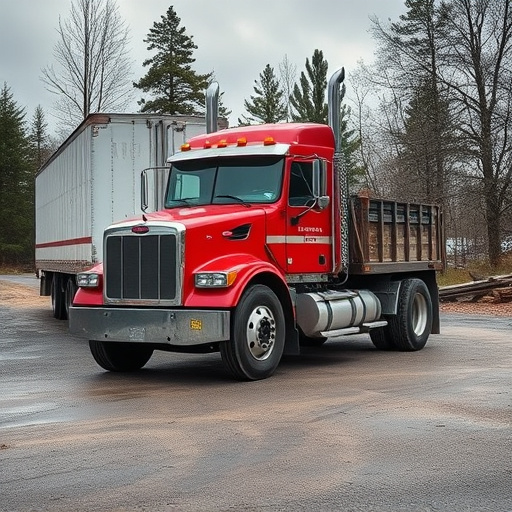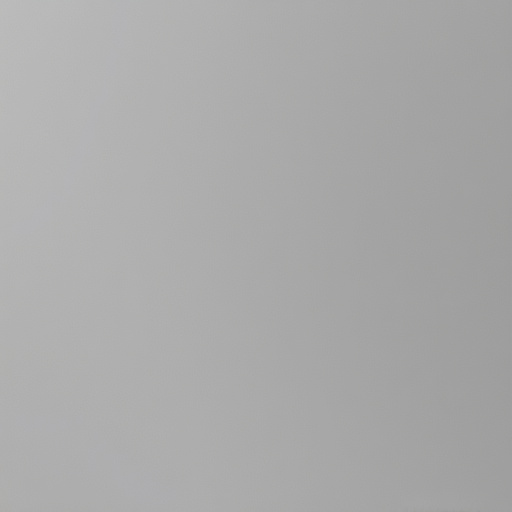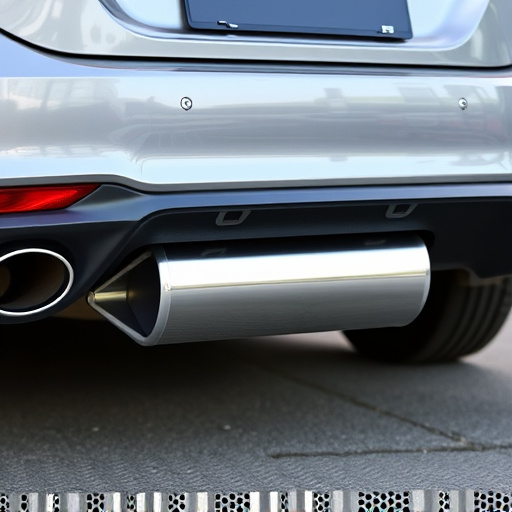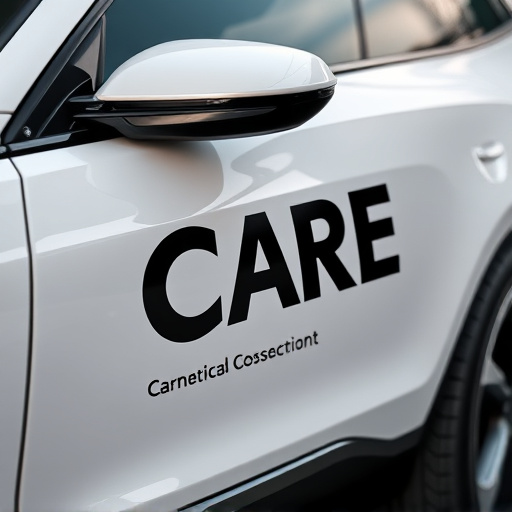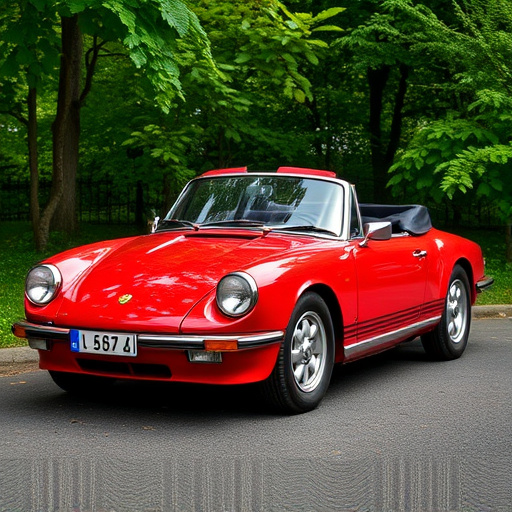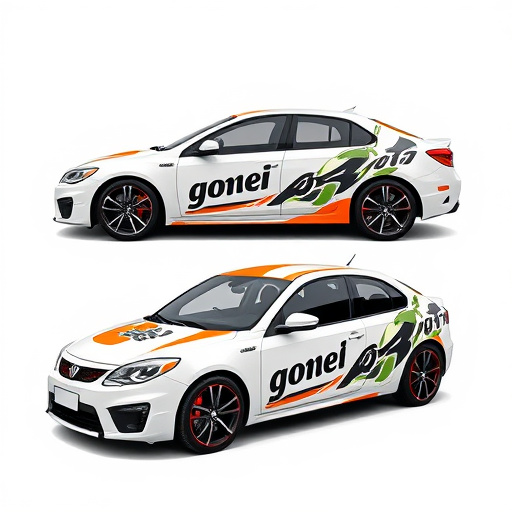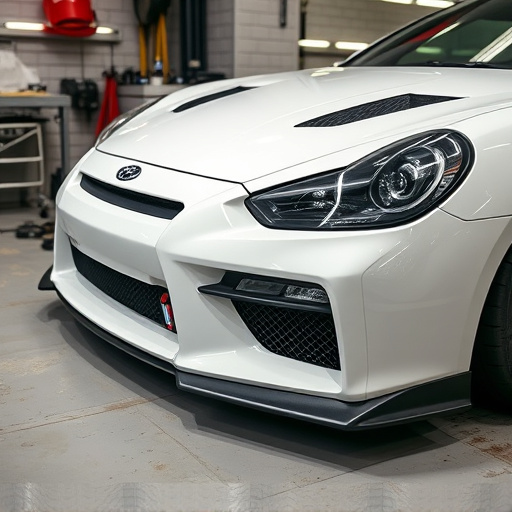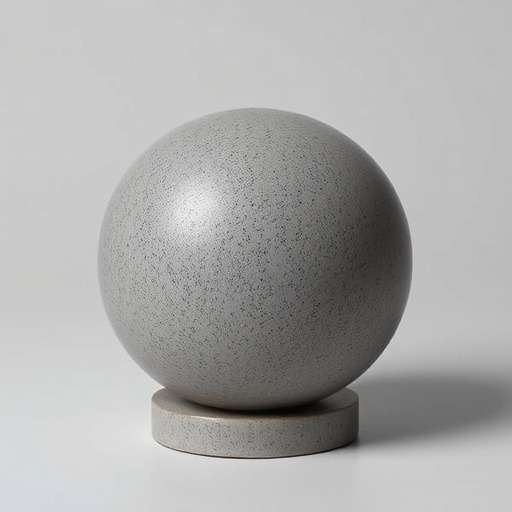Paint correction is a crucial aspect of automotive detailing, focusing on restoring and protecting vehicle paintwork. This involves removing scratches, swirls, and oxidation using specialized tools and compounds, buffing them away in stages from coarse to fine. The ultimate goal is not only aesthetic improvement but also increased resale value through enhanced protection against environmental damage via ceramic coatings or wraps. It's a meticulous process that begins with inspection, uses polishes and compounds tailored to paint types, and involves working in small sections for optimal results.
“Unveil the art of automotive detailing with our guide to paint correction. This intricate process transforms vehicles, restoring their pristine finish and enhancing overall aesthetics. We delve into the intricacies, explaining what paint correction entails and how it differs from conventional detailing. From the meticulous steps involved to its remarkable benefits, this comprehensive overview will equip car enthusiasts and professionals alike with the knowledge to achieve flawless results. Elevate your automotive care routine and discover the secrets behind a perfect, corrected paint job.”
- What is Paint Correction?
- The Process of Paint Correction in Automotive Detailing
- Benefits and Best Practices for Effective Paint Correction
What is Paint Correction?

Paint correction is a meticulous process within the realm of automotive detailing that focuses on restoring and enhancing the paintwork of a vehicle. It involves removing minor imperfections, such as scratches, swirls, and oxidation, from the car’s surface to reveal a smooth, glossy, and flawless finish. This technique is not just about achieving an aesthetically pleasing look but also protecting the paint job by creating a durable barrier against environmental factors like UV rays, dirt, and stains.
By using specialized tools and compounds, detailers can safely and effectively buff away these imperfections without damaging or thinning the paint. The process often starts with coarse abrasives to eliminate deeper scratches and swirls, gradually transitioning to finer compounds for a seamless, mirror-like finish. This meticulous approach not only improves the vehicle’s appearance but also increases its resale value, making it a sought-after service in the automotive detailing industry, especially when paired with protective coatings like ceramic or vehicle wraps.
The Process of Paint Correction in Automotive Detailing

Paint correction is a meticulous process within automotive detailing that aims to restore a vehicle’s paintwork to its optimal condition. It involves several steps, starting with a thorough inspection to identify any imperfections such as scratches, swirls, or stains. The next step is to choose the right tools and compounds—specially formulated chemicals designed to safely remove defects without damaging the paint. Detailing professionals then use cutting-edge machinery, like polishers, to apply these compounds, agitating them to create a smooth finish.
Once the compound is worked into the paint, it’s buffed off, revealing a refined surface. This process not only eliminates visible imperfections but also enhances the paint’s clarity and depth. A key benefit of proper paint correction is enhanced scratch protection, as it smooths out the surface, making it less susceptible to new scratches. Additionally, applying a paint protection film or custom graphics after correction can offer further safeguard against environmental damage.
Benefits and Best Practices for Effective Paint Correction

Paint correction is a critical step in automotive detailing that offers numerous benefits for both the vehicle’s aesthetics and protection. By removing minor scratches, swirls, and imperfections, paint correction enhances the car’s overall appearance, revealing its original gloss and depth. This process not only improves the visual appeal but also prepares the surface for high-quality finishes, ensuring better adhesion of protective coatings like wax or ceramic cerams.
Effective paint correction requires a systematic approach using the right tools and techniques. Start with thorough washing to eliminate dirt and contaminants, followed by careful inspection to identify areas needing attention. Professional detailers use specialized polishes and compounds tailored for different paint types and severity of damage. Best practices include working in small sections, maintaining consistent pressure, and following the compound’s instructions for optimal results. Achieving a smooth, mirror-like finish not only elevates the vehicle’s enhancement but also adds value through premium automotive services.
Paint correction is a pivotal aspect of automotive detailing, enhancing the vehicle’s appearance and protection. By understanding the process and best practices outlined in this article, car enthusiasts can achieve a flawless finish, revealing the true depth and beauty of their vehicles. Incorporating paint correction into regular maintenance routines not only improves aesthetics but also protects the investment, ensuring a durable, glossy surface that stands out in any lineup.
